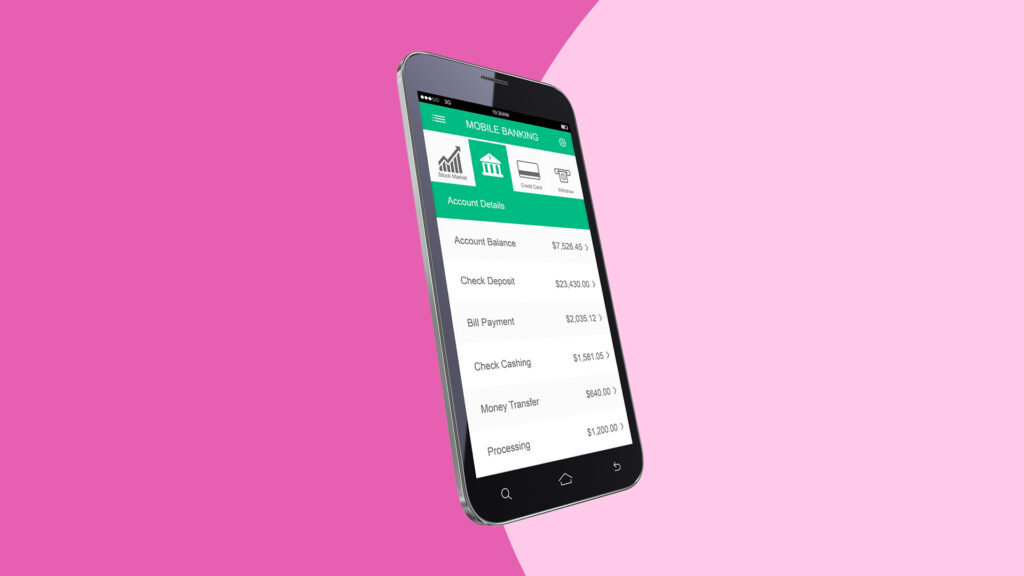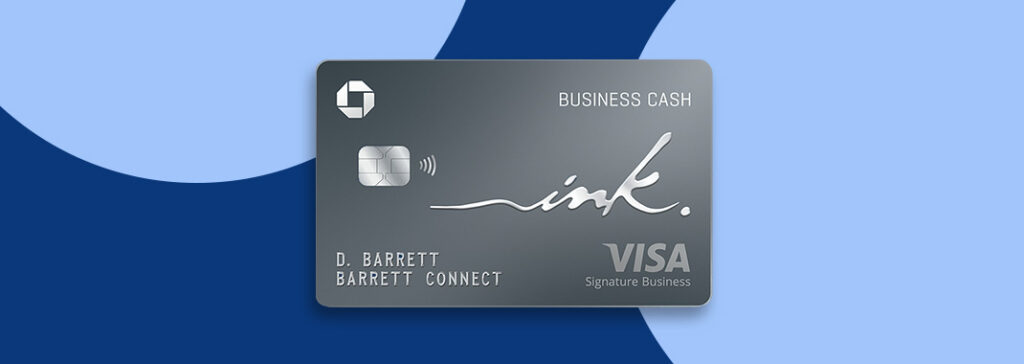Most products on this page are from partners who may compensate us. This may influence which products we write about and where and how they appear on the page. However, opinions expressed here are the author's alone, not those of any bank, credit card issuer, airline or hotel chain. Non-Monetized. The information related to Chase credit cards was collected by Slickdeals and has not been reviewed or provided by the issuer of these products. Product details may vary. Please see issuer website for current information. Slickdeals does not receive commission for these products/cards.
As a parent, you’re responsible for teaching your child many important life skills — including how to
A savings account can provide hands-on opportunities to
How a Kid's Savings Account Works
A child’s savings account is a special type of deposit account a bank or credit union designed for minor children ( regular savings accounts, but can come with additional kid-centric perks.
Some unique features of a child's savings account can include:
- Parents can limit the child's account access
- Low or no monthly account fees
- Low or no opening balance requirements
- Financial literacy tools and resources online
Federal law does not place restrictions on
Benefits of Opening an Account with Your Child
There can be several benefits to opening a
Keep an eye on your child’s savings and withdrawal activity.Deposit funds into your child’s savings ac count (and allow others to do the same).Limit or avoid bank account fees, depending on the financial institution.
Once your son or daughter turns 18, your financial institution may allow you to convert a joint savings account to a traditional deposit account without limitations. If converting the account isn’t an option, you could always search for a different savings account
Explore the Best Free Checking Accounts
Visit the Marketplace
What to Look for In a Child’s Savings Account
The best savings accounts for kids may have
High Annual Percentage Yield (APY)
The average national deposit rate for savings accounts
No Fees
No one likes to lose a portion of their savings on monthly bank fees. As you’re searching for the right savings account for your child, it’s probably wise to
User-Friendly App or Online Resources
One of the primary goals of opening a savings account for your child is to begin (or improve) their financial education. If you can
Savings Goals
Some savings accounts may allow your child to work toward
FDIC Insurance
The best savings accounts (for you or your child) should
Children’s Savings Accounts vs. Custodial Accounts
It’s important to note that there’s a
With custodial accounts, your
Motivating Your Child to Save
Once you choose the right savings account for your child, you can start using it as a
Choose a Goal
Let your
Help Your Child Earn Money
Consider giving your child opportunities
Provide Savings Incentives
One of the primary
 Related Article
Related Article
Best High-Yield Savings Accounts (December 2025)
Add Responsibility
A young child might not understand how to
Next Steps
Teaching your child smart financial habits at a young age can go a long way toward setting them up for future success. And a kid-friendly savings account can be an effective tool to help you impart the foundational money lessons your son or daughter needs to learn.












